Triazole fungicideMetconazole
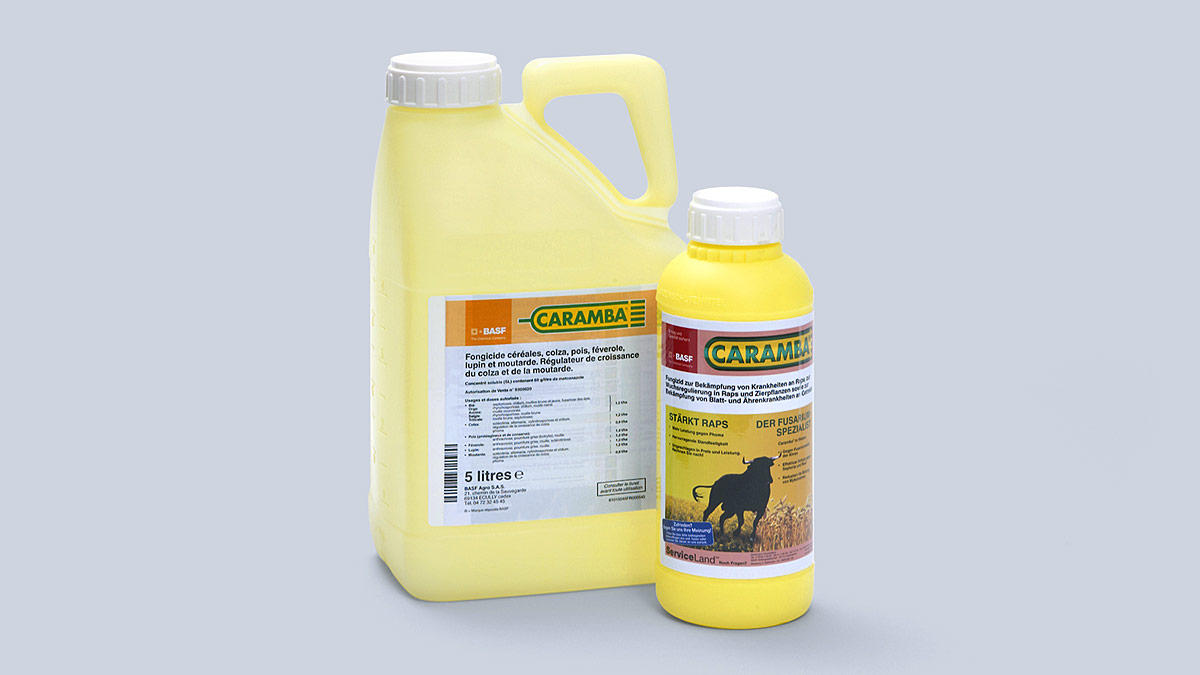
Highly effective systemic fungicidefor wide-ranging crops
Metconazole is a triazole fungicide invented by Kureha that is highly effective against various fungal diseases in a broad range of crops. It was first registered in France in 1994 as a cereal fungicide, and has now received registrations in more than 40 countries worldwide. Registration in Japan was achieved in 2006 for cereals and turf.
Agricultural chemicals are increasing in importance amid concerns over food supplies for the world's growing population.
Metconazole is currently used as active ingredient for crops including cereals, corn, rapeseed, soybean and turf, mainly in Europe and the Americas.
Characteristics
- Highly effective against various fungal diseases in a wide range of crops including cereals, corn, rapeseed, soybean, turf, stone fruits
- Widely recognized as a plant growth regulator (PGR) for increasing rapeseed yields.
Structural formula
Structural formula

Application / Scope
Agricultural fungicide, used mainly for foliar application
- Wheat varieties: Fusarium blight, leaf rust, etc.
- Rapeseed: Sclerotal disease, etc.; increasing yield
- Corn: Rust, etc.
-
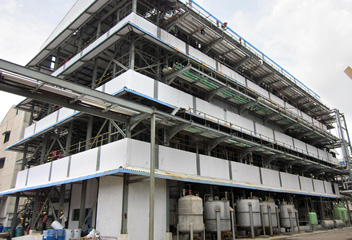
Manufacturing plant -
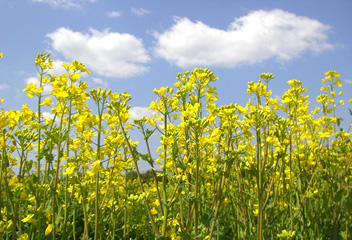
Rapeseed field -
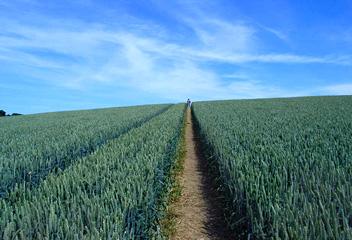
Wheat field -
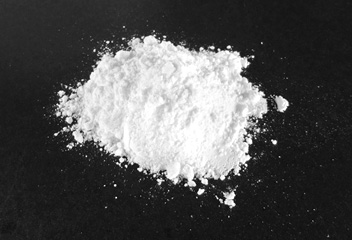
Metconazole
The Metconazole Story
-
- 1986
- Kureha discovers Metconazole and identified ideal foliar fungicide properties.
-
- October. 1995
- Japan Chemical Industry Association (JCIA) presents Kureha with a technical achievement award for the development and commercial production of Metconazole.
-
- March. 2000
- Pesticide Science Society of Japan presents Kureha with a technical achievement award for the development of Ipconazole and Metconazole.
Contact for inquiries
- Product Groups
- Search by Application
-
Advanced Materials
-
Polyphenylene sulfide (PPS)
- Fortron KPS
-
Polyvinylidene fluoride (PVDF)
- KF Polymer
- KF Piezo
-
Carbon Products
- KRECA Carbon Fiber
- BAC
-
Polyglycolic acid (PGA)
- Kuredux
-
Microsphere
- KUREHA Microsphere
-
-
Specialty Chemicals
-
Pharmaceuticals
- KREMEZIN / COVALZIN
-
Agrochemicals
- Metconazole
- Ipconazole
-
Industrial Chemicals
- Inorganic Chemicals
- Organic Chemicals
-
-
Specialty Plastics
-
Household Products
- NEW Krewrap
- Kichinto-San Series
-
Commercial-use food packaging materials
-
Krehalon Film /
Kureha Auto Packer (KAP)
-
Fishing Lines
- SEAGUAR
-
- Construction & Other Services
